
Introduction
I promised to blog every week and not just about my own philosophical views but also on some nuts & bolts issues around building a home. Hopefully the extra time this took me to write is made up for by the length – both in quality and quantity.
I want to be sure to talk about how Jesse and I came to the momentous decision to own a home and beyond that to build rather than purchase it.
The Decision Tree
To quote Thomas Gray, “where ignorance is bliss/Tis folly to be wise”. To some degree, most people make the decision to own a home in some degree of ignorance of what they are getting into, otherwise no one would chose to own a home.
Deciding to own a home, whether purchased or built, is fraught with difficult decisions. Whether to buy (is it feasible financially), where to buy (in the city, in a suburb or in the “country”) what to buy (architecturally) or whether to build from scratch. Each one of these decisions has multiple, interlocking variables. Change one variable and the answer to the equation would be vastly different.
Baselines
I have to admit that I equated the “American dream” of owning a home (with the de rigueur 2.3 children, SUV and white, picket fence) part and parcel of the unbridled consumerism that I wanted as little to do with as possible. But after nearly a decade of happily renting, and at the height of the housing bubble, my apartment building was turned into condos. It was strange how attached I had become to something that didn’t belong to me and for which I literally could only rely on for the next 30 days (it was a monthly lease).
I felt totally displaced and decided that, despite my misgivings, I would reconsider owning a home. At the end of the day, having a place to call our own outweighed all my initial concerns – after all, those concerns (land and resource use, sprawl, etc.) were still at play it was just that some of the responsibility was shifted onto our landlord.
As a general rule, I try and learn as much as I can about an issue before making big decisions. And what I was really after was an opportunity to make a home that reflected the interplay between my aesthetics and values (and Jesse’s of course). My first stop was the big one for most of us born bereft of trust funds – the financial bottom line.
Financial Bottom Lines – Rent or Own A Home
I quickly found that Census bureau statistics show that most renters pay more for their housing than homeowners (here is a neat calculator to help you see specific savings). In fact the difference is significant – except for renters/owners of home with 7 or more bedrooms. Since we didn’t need 6 guest rooms, it was clear that owning a home was the way to go. Now the question became to build or buy.
Financial Bottom Lines – Build or Buy
Here again the financial bottom line was important – was it cheaper to build or buy. New England has the oldest housing stock in the country and Vermont has 3 of the top 100 cities with the oldest average age of homes in the country. It was clear that, financially, we could either afford to buy a home or afford to upgrade an existing home but not both – at least not for many years. Movies like the Money Pit gave me nightmares and the thought of being left with a huge amount of debt for a house that was falling apart or just needed major green upgrades was not a point in favor of buying. Unfortunately, because of modern contraptions like central air, on demand water heating, and others, residential structures have been built without any regard for traditional building methods, like solar orientation. You can attempt a deep energy retrofit but when a house, replete with picture windows, is oriented North there is just so much you can do. I will confess right now though, that not every decision made involved what was best for Mother Earth (more about this next).
Decision Time
Sometimes it was personal desire that won out. Aesthetically, we also had some big hurdles – we both really dislike the look of gable ends and the haphazard spacing of windows – and we both loved modern architecture (think Scandinavia and Spain). On these points alone we already excluded 99.9% of the existing homes in our area (Vermont gets a lot of snow making flat rooves a challenge).
I also wanted a home where I knew how it was built, what it was built with and that attention to details – which translates into durability – was taken seriously. Between you and me though, I love challenges. I love to learn new skills and building a house, I knew, would involve many new skills. And since I am in a confessable mood, I have to admit here too that I would have bought a lot of new tools as well, thus negating some of the project’s “greenness”, had it not been for my husband’s constant query, “are we ever going to use a [fill in the blank] again after the house is finished” – the answer to which, annoyingly, was almost always no.
Is There Such a Thing as a Green Home
So now we have come to the other question I posed what does green building look like? I luckily had the time and opportunity to delve into this more deeply by attending Yestermorrow (one of a handful of design/build schools in the country) and taking Community Development and Applied Economics courses at the University of Vermont (including solar design and green building certifications sponsored by the Institute for Global Sustainability).
Unlike some, I knew that our decision to build flew in the face of available research. As Carl Elefante, AIA, LEED AP famously said/says, “The greenest building is…one that is already built”. No matter how you slice it, if you can live with the aesthetics and the cost, retrofitting a house is the less glamorous but more green option. Mr. Elefante goes on to say,
“Why can’t buildings produce safe, affordable, reliable, and renewable energy instead of consuming fossil fuels? Why can’t buildings harvest rainfall and recharge aquifers with drinkable water instead of releasing “stormwater” and “wastewater”? (Listen to the language!) Over the past decade I have coined a phrase: The greenest building is…one that is already built. Many who hear me say it assume that I am being metaphysical. I’m not. In the same way that the wisdom of indigenous cultures taught David Suzuki to see the links between humans and nature, preservation philosophy has sensitized me to see the value in the existing world, especially the built world.”
Suffice it to say that I was aware that building a new home was already starting with a green deficit but this idea of regenerative building really set my imagination going – plus those aesthetic considerations were important. So having decided to own a home and to build it rather than buy, now what?
“Finding” “Land”
Now we had to look for land to build on. As Mark Twain advised, “Buy land, they’re not making it anymore”. However, factually inaccurate (think Hawaii or the Aral Sea) it does make me think about the limited space and resources available to humanity, especially if we want to leave some room for earth’s other inhabitants. Human overpopulation is another issue entirely, so I won’t digress on it further.
I will say that practically speaking, real estate agents find land transactions typically to have less reward and more work at the end of the day. Most agents split between a 6-10% commission on a land sale between the seller and the buyer’s agencies. That is not a lot of return for what could turn out to be months (in our case almost exactly a year) of searching. Plus you end up tromping through brush, snow (in VT for at least most of 3 seasons) and dirt rather than tromping through someone’s walk-in closet. Our agent, Melissa Allen, was great and was really patient with our long search. At the end of the day though things will go much better if you talk amongst yourselves about what important features of a lot are (size, orientation, views, slope, proximity to urban centers) before you talk to an agent. Then you need to perservere even when the pressure to just settle gets greater and greater.
But, it shouldn’t surprise you at this point, that this got me to thinking about the concept of “owning” land.
Land tenure is something the average person probably never considers, unless you ever decide to build a house. As a buyer you have to be sure, through a title search, that you are buying the land from the actual owner and that they have a right to sell it. You also need to make sure that boundaries of the lot are well marked and that there are no surprise liens on the property. Most banks that give you a loan for the purchase of land will insist on having a title search before they lend you a dime, which makes sense for everyone.
What I started to think about is who is selling me this land? How did they obtain it? If you follow this line of reasoning back, what you get to is that all land transactions in the USA, and elsewhere for that matter, involve the sale of property originally stolen from the indigenous populations (warning link has strong but funny language) – either through force, threat of force, or just plain squatting. Although it is true that there were First Nations that were nomadic, and thus not tied year around to a single area – even in cases where they had established cities/centres they were still displaced by colonists. And being nomadic doesn’t mean you don’t need the land, it just means you don’t occupy it continually.
There are two things that I want to say about the tie to indigenous cultures or rather the common stereotypes of native peoples (this is not a critique of David Suzuki from the quote above by the way, but rather of what I have seen many people voice as their conception of the link between native peoples and the land).
These ideas are used to make native people either invisible or quaint. The first is the outright romanticization of indigenous and native people as preternaturally tied to the earth. In this view, and in this country, that means that most portrayals of native peoples either implicitly or explicitly convey the message that natives are somehow genetically predisposed to be “one with the earth”. And that they are stuck in amber as some sort of stock spirit guide for non-native peoples in respect to the earth. Take a second to name to yourself all the examples you can think of where this is the case. What role does the “native” character usually play? I can easily think of examples from Avatar to the X-Files.
The reality is that native and indigenous cultures were traditionally tied to the earth more closely and so the symbiosis of their relationship to the plants and animals around them was an important mechanism for meaning making. Many indigenous cultures came to see the beings around them (be they plants, animals or stones) of their environment not as resources but as spiritual beings that deserved to exist as much as humans do. I believe that too. As a side note, this isn’t in the long forgotten past, native peoples live in the here and now, despite some people’s best efforts to the contrary, forging that connection anew everyday and in new contexts.
This relationship existed throughout Europe’s indigenous populations too – think Druids or Sami among others. Paying attention to the earth, they could see the damage they did to the earth directly. Some native cultures simply chose to deal with it directly rather than not. They consciously inculcated a respect for the other inhabitants of earth in their cultures – not as is usually represented by some mystical connection.
The second way indigenous peoples are discounted daily is when the average person says something along of the lines of, “life was simple back then, of course they could be in balance and care for themselves and the earth. But once “real” civilization started that balance was just untenable”. OK, so probably most people wouldn’t have used the word “untenable” there but you get what I mean.
I always find this line of thinking hilarious since, while contemporaneous civilizations in Europe (often given as the standard of “civilization”) were in the dark ages, civilizations such as the ones at Teotihuacan, Tikal, and Copán – were flourishing and much more advanced given the usual criteria that measure this concept (marketplaces, complexity, plumbing, public structures, etc.). What happened to these experiments in high-density population growth? They failed because the carrying capacity of the land was overwhelmed. It is not that native cultures never advanced, it is that many did and then some fell apart for, as much as anyone can tell, ecological reasons. This is one of the many benefits of understanding the real history of indigenous cultures I think (let me reiterate that this is my speculation and I am not an “expert” on any of these topics but this makes sense to me). The only other option is to think that somehow aliens were involved in making these advanced civilizations which is a whole other can of worms I won’t get into.
That tangent took a while but I needed to get it out there before I moved on.
So, what is the point of our building our house? The first as I have already stated is the creation of a “home”. It is our desire to build something that reflects our aesthetics and values.
What are those values?
Wanting to be thoughtful of the earth and our place on it. This begins with building a smaller (1600 sq. ft.) home. The US average is 2400 sq. ft. in the early years of this decade but that trend has started to shift with the housing bubble aftermath. By small house standards our house is palatial. It was a compromise. That is a world that you will have to get used to if you want to build a home – whether for yourself (unless you have unlimited financial resources) or your family (then compromise is much more important since the space has to accommodate various individual needs and aesthetics). I don’t know what to tell you if your spouse/partner and you are on opposite extremes of design considerations except watch lots of HGTV and talk about needs versus wants.
Even when we had thought out all the variables, we shifted if new information came in and it was feasible to do so. So we never considered the global warming potential of different foam insulation boards until I read the article by Alex Wilson on GreenBuildingAdvisor.com, then I had to find a manufacturer that would be able to fulfill our needs at a reasonable price – Alex himself was generous enough to answer my email and send me in the right direction.
During the construction process in general, we attempted to buy the product that was most benign even if it didn’t have a proven track record yet, if it was manufactured by a company with experience in the field – for example OSI’s Green Series Construction Adhesives and Sealants.
Then there were the things around the house that we wanted to do. We wanted to protect the land as much as possible from the detrimental effects of building. We marked the trees we could save. In this respect, I think that E.O. Wilson’s Biophilia hypothesis rings true – we, for our very humanity, need to be in contact with nature. Richard Louv actually coined the phrase “Nature Deficit Disorder” in his book Last Child in the Woods in reference to the detrimental effects of the lack of contact with nature in children but I think that it is easily extrapolated to all humans.
Starting planning our landscaping, such as limiting the mowed area to the bare minimum – after all lawn is basically wasteland to most other creatures because it is in essence a monoculture that survives through energy-intensive maintenance and chemical warfare.
In addition, in order to restore as much balance as possible we committed to removing as many invasives from “our” land as possible while working to reestablish native plants. In this respect repairing the damage done by previous tenants of the land will help the primary trophic level of our local biome as Douglas Tallamy points out in his book Bringing Nature Home. This will in turn help insects, arachnids, birds, mammals, etc. up the food web. This is regenerative building to my way of thinking. I have fantasies of birds and deer and permaculture and native pollinators in the back of my mind – for next summer when the house will be “done” and I will need new things to learn, just don’t tell Jesse.
If all of these different ideas/environmental considerations seem too complex or take too much time I advise looking at national green certification programs – LEEDS-H, Vermont Builds Greener (my personal favorite and there are other local versions in other states), NAHBGreen – because even if you have issues with particular points or philosophies, comparing their different attributes and even just reading through all the possible ways of getting “points” makes for some helpful guidelines in planning and implementation.
What I have found is that the more local the program the better it addresses specific local issues and also the more local control (for example how house size affects certification) there is. At the end of the day I do believe that smaller is greener no matter how you slice it. I do also recognize that, as my professor Chuck Reiss highlighted, no home can be green – it can only be greener than average, or much greener than average, but never truly green. In the spirit of full disclosure I will tell you, that because we are planning on spending the rest of our lives in this house, we did not see spending money on certification as a good investment right now. However, we have documented every step and saved every receipt because if we do end up selling, we can attempt to have retroactive certification, which some programs accept with good documentation. The only certification we are following is the Energy Star and that is because it is free in our state – YAY Vermont!
Finally, I will work to think hard about acknowledging my occupation of land that was never freely given away. One possibility is helping to return land of particular importance (it’s a start) back to Native Peoples. Thankfully the Trust for Public Land has helped launch a new, independent, non-profit that does just that. I plan on giving yearly as a start. Other ideas are very welcome.
http://www.indiancountryconservancy.org/
Fine Homebuilding Recommended Products
Fine Homebuilding receives a commission for items purchased through links on this site, including Amazon Associates and other affiliate advertising programs.

The New Carbon Architecture: Building to Cool the Climate

Not So Big House

A House Needs to Breathe...Or Does It?: An Introduction to Building Science
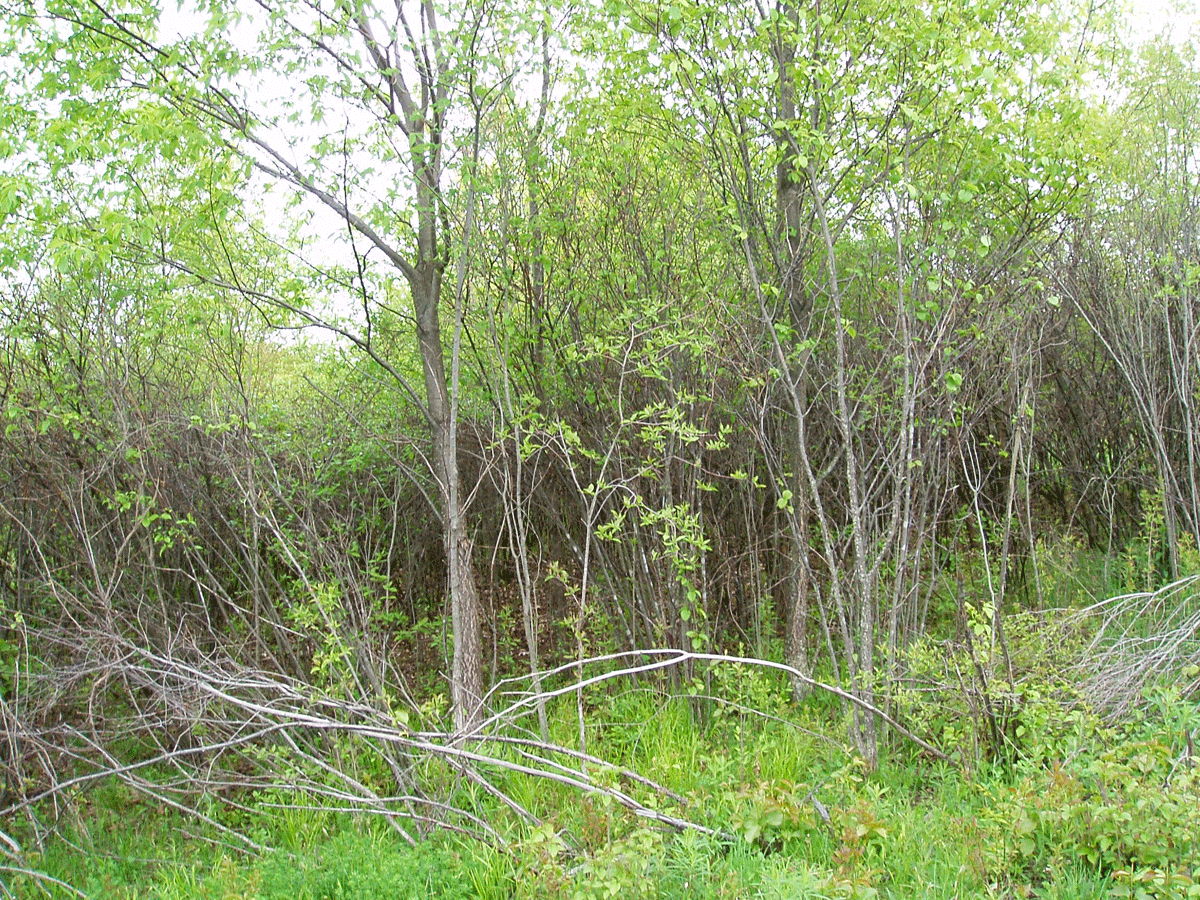
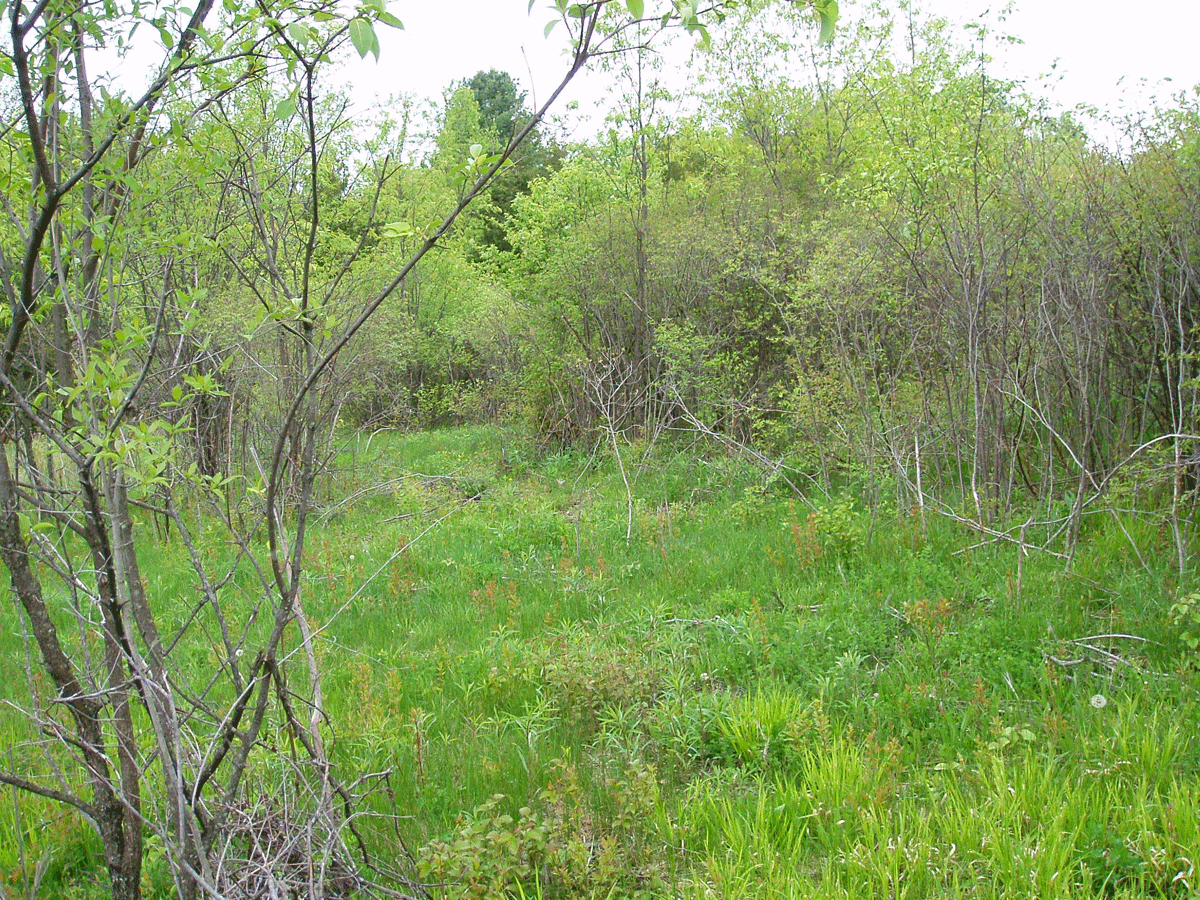
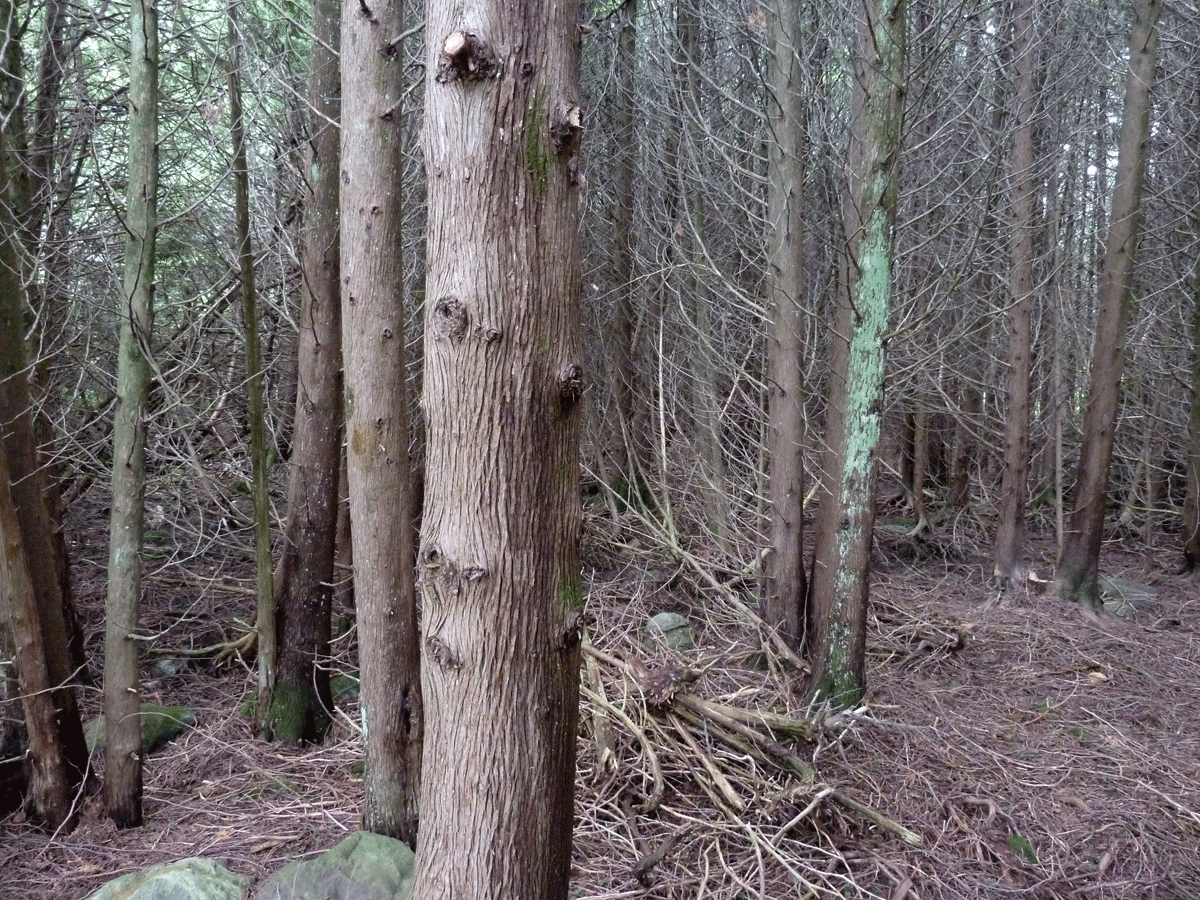
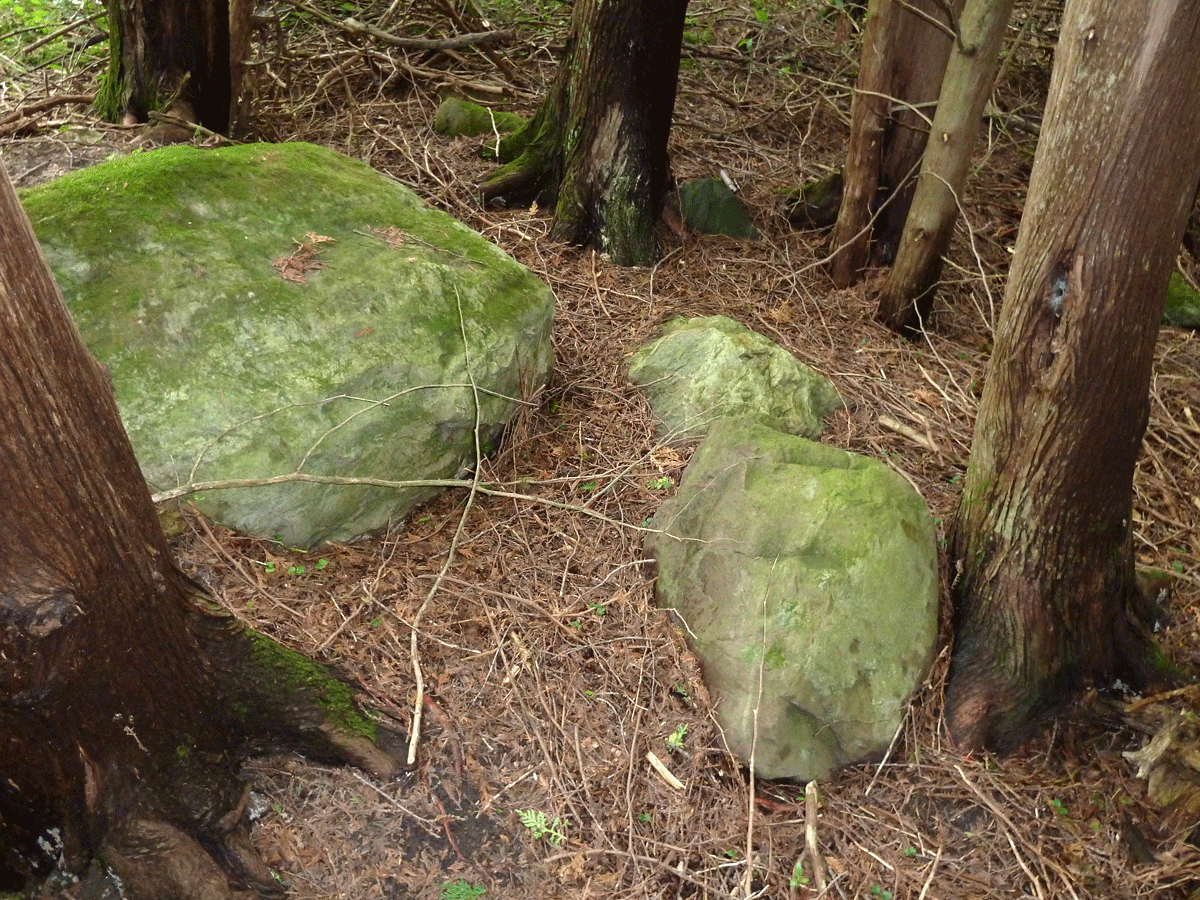


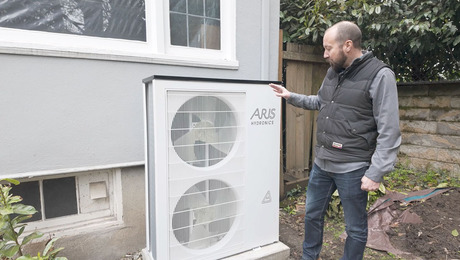



























View Comments
I once saw an essay where one wordsmith took the line "Congress shall make no law" and managed to construe it into meaning "Congress has every right, nay obligation, to make as many laws as possible." That's the sort of poppycock behind every "social" movement ... of which 'green' is but the latest fashion.
To own is to OWN. That means it's yours - and no one else's. Period. To the extent that others have any say at all, it's not yours. How ridiculous can it get? How about everyone except you getting to decide which mailbox you'll hang by the door? Or what color you'll paint the house?
Nor is is enough to tell you what to do with what is 'yours.' Some carry it farther, and seek to decide, on your behalf, what you may 'own'- property that they will continue to dictate how you use.
Carry it to the limits we've already achieved, and there's precious little left to either 'private property' or freedom.
It's not about WHAT you do; it's all about WHO decides.
I don't even know why this issue arises. Not only did we make the deliberate choice in 1776 to NOT go down this path, but even today the world lacks plenty of examples that illustrate the failings of this fascist philosophy. That's right, I said 'fascist.' Look it up. When you own it, but the government determines who owns what, and what they may do with it .... that's the textbook definition of fascism. It has nothing to do with making the trains run on time or little men with funny mustaches.
The evidence is plain for all to see. We chose one path, while our former rulers chose the other. In the following two centuries, we rose to lead the world in every possible category- while the former world power declined into near obscurity. Coincidence - or the results of the choice in basic values? You decide.
Heck, I might even like the idea of reclaiming an inner city dump and putting a windmill on the roof. What I lack is the arrogance to assert my right to make you do the same.
renosteinke thanks for the comment, I see that you spend a fair amount of time reading on this site, so I am happy to have provided content that you decdided was worth a comment. Just to clarify, my intention wasn't to suggest a course of action to anyone, I was simply reflecting upon my own decision making process.
Someone else pointed out to me that no one really owns a home/piece of land as neglecting to pay property taxes, etc. will eventually relieve you of said possession. A point I hadn't considered when I wrote my last post.
Thanks again.
Nice article, John. Enjoyed reading it. I would think it would be very helpful for someone who is new to the whole " American Dream" concept. The idea of buying an existing home or buying land and scratch build your own. I choose to build my own. I had much of the same concerns that you had when starting out. At first I left most of the tall oaks. But, after a few years of carpenter ants and pests getting in the house, the trees came down. I wasn't a big fan of a lawn, but soon came to the conclusion that deer and bear prefer to travel along the wooded line and not venture into the open lawn. So, I pushed back the tree line further away. I tried to build with energy savings in mind. With radiant heat in cement slab though out the entire house. But, now that a gallon of oil is near $4., it still hurts to fill up.
I built in the mid 90's, time's where great, money was not an issue. One word of advice to some. If you are building, build as if this slow economy will last. Build small, efficient and manageable. Because what sucks the most is if you build now, equal to you means, then when (if) the economy gets worst you are screwed. Like me, I should have taken my own advice back then, I would be in much better shape today. One last thing, you do not own you land, you are leasing it from the state. You can not take it with you, you are restricted on the use of it, and do not stop paying taxes on it. And if the state wants it back, you really have no choice but to give it to them, Read your history.
amazingrace thanks for the comment. I was worried that my entry was too long but having two people respond in depth makes me feel better about the length.
I agree that "owning" either a home or land is really inaccurate. You basically own the conditional right for you and your heirs to occupy the land as long as you pay taxes.
In fact, the concept of imminent domain which you refer to is very scary. A recent case in CT makes it clear how tenuous our right to the land we occupy actually is.
In that case an entire neighborhood was condemned as "urban blight" (despite being very well-maintained, single-family, detached homes) by the city of New London in order to take the land and give it to a developer. You can find the details here http://online.wsj.com/article/SB10001424052748704402404574527513453636326.html
Although the use of imminent domain is nothing new. It was used most notably in the construction of highways through communities of color in urban centers, after the Brown vs. Board of Education decision that desegregated schools, to facilitate the construction of highly segregated suburbs - what is commonly termed "white flight" (http://en.wikipedia.org/wiki/White_flight).
The difference is that now imminent domain is being used increasingly along class lines - taking property from working-poor/lower middle-class areas to facilitate the building of "attractions" for the upper-middle/upper-class.
This is to say nothing of how the commons (here as it applies to public and private lands) is being used/used up/polluted by companies in pursuit of profit without compensation to the taxpayers because it is "owned" collectively.
These are all complex issues which I love to explore with others.
Thanks again for taking the time to read and respond to my post.
John, your post to very informative, thanks! I am a single man of 42 and I do not have the where-with-all's or the patience to build my own home just for the sheer amount of research, work and time it takes...how much I hope we could trust the new home builders...the internet is so rife with bad reports that you don't know who to go with - they don't all do a good job on the one hand nor do they all suck on the other...I could check out some Green certified home builders but I am afraid they won't fit my budget...I will have to compromise here...and I feel a bit guilty about it..I am thinking may be I will go with a regular Town Home now and think and plan for my Green Home in the future! At least, I can plan and secure a lot for the same. I liked your post about "owning" land - which was in fact taken away from the native Indians. I want to end my post with what I read somewhere - Native Indians could never understand the concept of owning land because they always thought they belonged to the land and not the other way!!!